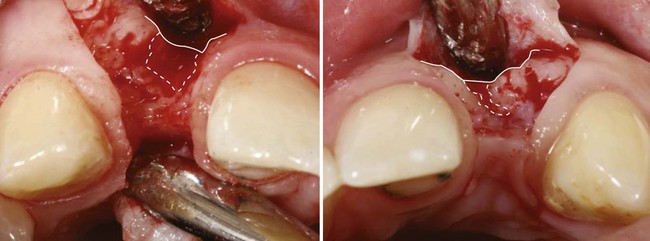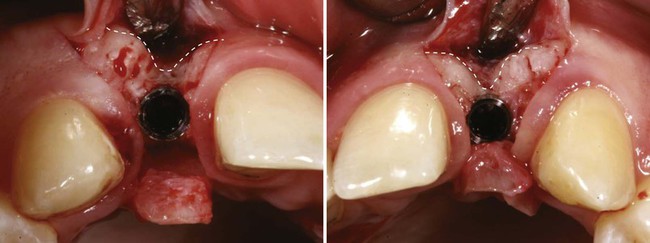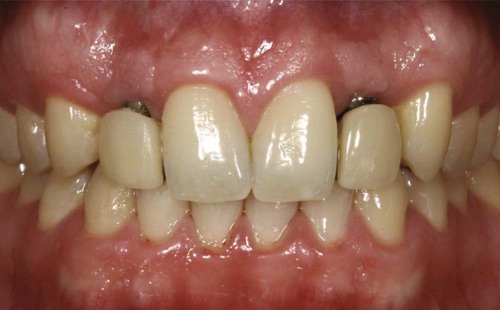Multidisciplinary Approach to Dental and Periodontal Problems
Traditionally, periodontal treatment has been delivered using an interdisciplinary model of therapy, with general dentists and specialists providing their respective aspects of care to the same patient per a comprehensive plan of therapy (Figures 68-1 to 68-22). This system has worked well because the patient benefits from the best mix of talent from a “team” of dentists. For periodontal aspects of such care to be most effective, it is critical that the primary provider, often the general practitioner, have a thorough understanding of the signs, symptoms, risk factors, and pathophysiology of disease processes and their related local and systemic risk factors. Additionally, they must also possess a thorough understanding of the available treatment options and their related indications, contraindications, benefits, and liabilities to effectively formulate a proper treatment plan. The dentist then decides whether he or she has the requisite knowledge, expertise, and experience to meet the patient’s needs or whether to refer the patient to a specialist for care at a more advanced level. Conversely, when a single provider (general dentist or specialist) delivers all aspects of the patient’s care, rather than a team of dentists, it is best described as multidisciplinary treatment as opposed to the term interdisciplinary treatment.
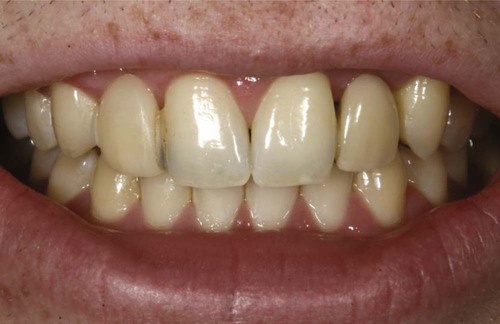
Extraoral preoperative condition. Esthetic compromise is evident in this challenging treatment scenario in which there is significant gingival display.
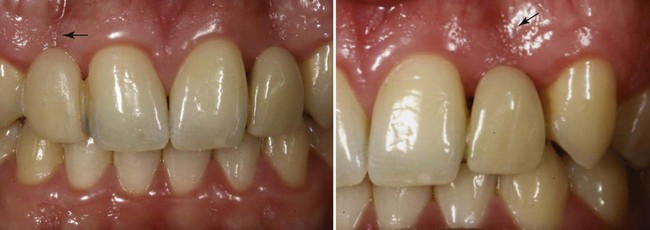
A concave soft-tissue profile that contributes to a dark shadow and esthetic compromise is evident bilaterally (arrows).
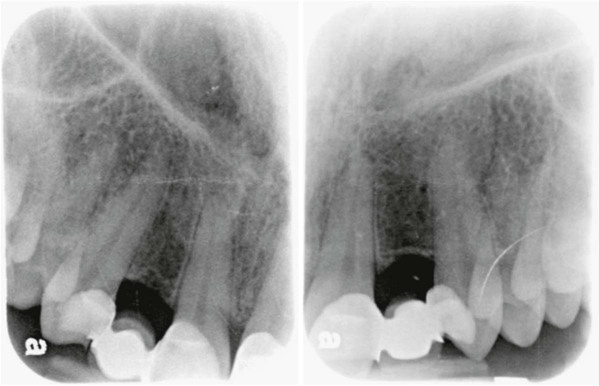
The roots of adjacent teeth do not converge to interfere with proper orientation of the positions of the planned dental implants. However, there is limited space between the adjacent tooth roots.
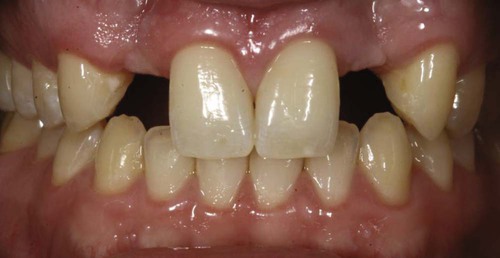
Soft-tissue contours as seen with the existing restorations removed.
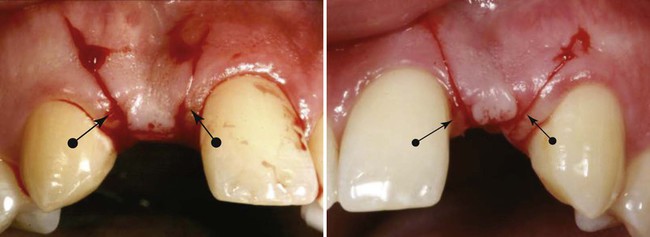
Initial incisions using a papilla-sparing technique to minimize disturbing the healthy supracrestal attachment on the surfaces of the adjacent teeth.
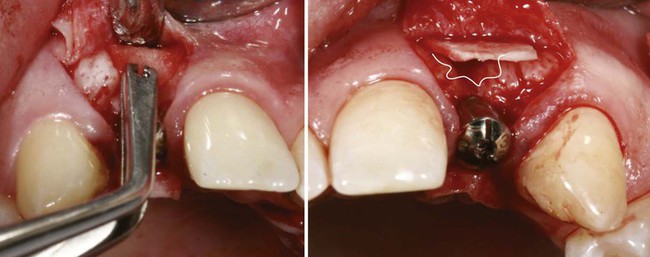
Resorbable barrier membranes are shown above after being trimmed to a suitable shape and fitted in place.
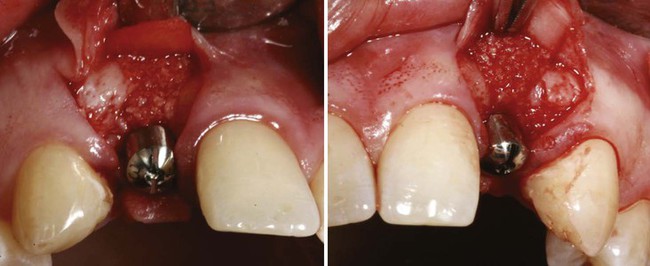

This will work in conjunction with the augmentation procedure to correct for the preoperative soft-tissue concavity.
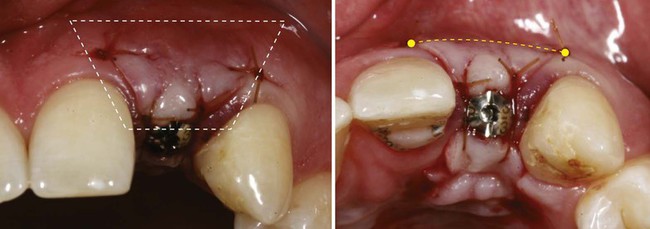

The vertical position of the soft-tissue height on completion of the surgery is favorable as compared to that of the adjacent natural teeth.
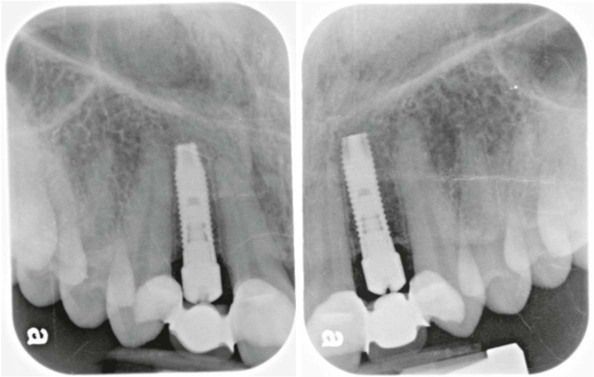
Given the amount of available space between the adjacent tooth roots, a narrow-diameter implant was selected as part of the treatment plan to yield a biologically and prosthetically favorable result.
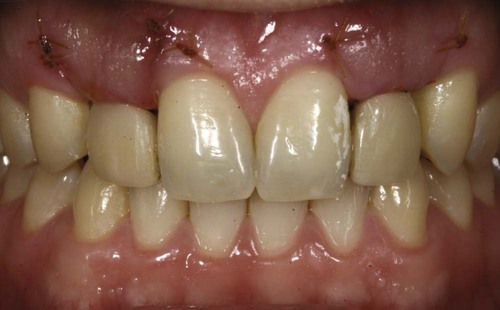
Note the favorable soft-tissue response where the papillae were not disturbed using a conservative incision design.
Stay updated, free dental videos. Join our Telegram channel

VIDEdental - Online dental courses


